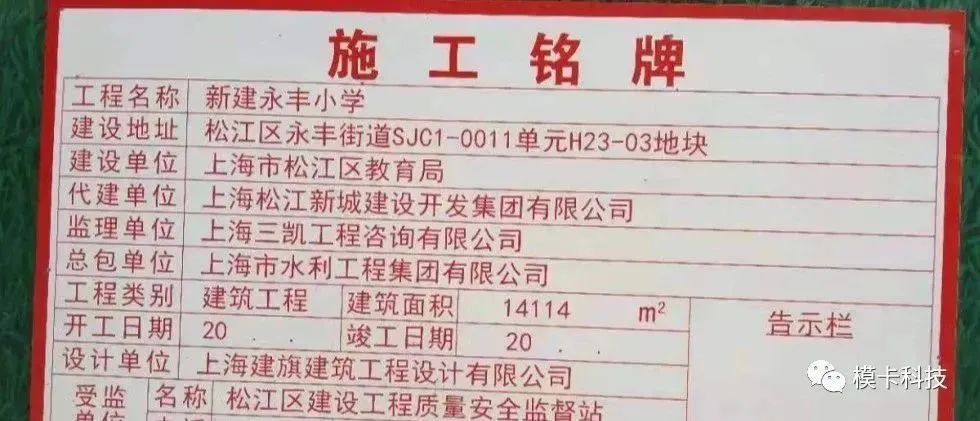Objective to explore the role of research-based medical records in the standardized training of vascular surgery residents
.
Methods 84 residents who studied in vascular surgery of Changhai Hospital from October 2015 to September 2016 were randomly divided into Research-oriented medical record group (41) and traditional medical record group (43)
.
The research-oriented medical record group completed a research-oriented medical record, while the traditional medical record group completed a general electronic medical record
.
The differences in clinical teaching quality and clinical scientific research between the two groups were compared
.
Results in terms of clinical teaching quality, the score of medical record quality of residents in the research-based medical record group was improved by 75.6%, which was higher than that in the traditional medical record group by 46.5%, and the difference was statistically significant (P = 0.006); the integrity and accuracy of medical record data were improved by 85.4%, which was higher than that in the traditional medical record group by 55.8%, and the difference was statistically significant (P = 0.003); the familiarity of diagnosis and treatment plan was improved by 80.5%, The difference was statistically significant (P = 0.016)
.
In terms of clinical scientific research, the integrity of scientific research data in the research-based medical record group was improved by 85.4%, which was higher than that in the traditional medical record group by 58.1%, and the difference was statistically significant (P = 0.006); the accuracy and rationality of disease diagnosis sub classification was improved by 82.9%, which was higher than that in the traditional medical record group by 55.8%, and the difference was statistically significant (P = 0.006); the influence of residents’ scientific research ideas was improved by 80.5%, The difference was statistically significant (P = 0.006)
.
Conclusion research-based medical records play an active role in the standardized training of vascular surgery residents, and improve the quality of clinical teaching and the level of clinical scientific research
.
Objective to study the effect of eugenol on H2O2 induced H9c2 cardiomyocyte injury
.
Methods H9c2 myocardial cell oxidative damage model was established by using different concentrations of H2O2
.
The established myocardial cell oxidative damage model was divided into control group, 50 μ g / ml eugenol treatment group, 100 μ g / ml eugenol treatment group and 200 μ g / ml eugenol treatment group, MTT method was used to observe the absorbance value (OD) changes to evaluate the effect of eugenol on H9c2 myocardial cell viability; Hoechst staining method was used to observe the nuclear morphological changes to evaluate the effect of eugenol on H9c2 myocardial cell apoptosis; in order to further study the antioxidant damage effect of eugenol, The effects of eugenol on the contents of lactate dehydrogenase (LDH), malondialdehyde (MDA) and superoxide dismutase (SOD) in H9c2 cardiomyocytes were observed by colorimetric assay kit
.
Results 400 μ mol / L H2O2 significantly decreased the viability of H9c2 cells and increased the apoptosis of H9c2 cells, which was suitable for establishing H9c2 cardiomyocyte oxidative damage model
.
Eugenol at 100 μ g / ml and 200 μ g / ml increased the viability of H9c2 cells and decreased the apoptosis of H9c2 cells (P < 0.05); meanwhile, the effect of H2O2 on the increase of LDH and MDA content and the decrease of SOD content of H9c2 cells was also inhibited by eugenol at 100 μ G / ml and 200 μ g / ml
.
Conclusion eugenol has protective effect on H9c2 cardiomyocytes injury induced by H2O2..
.



